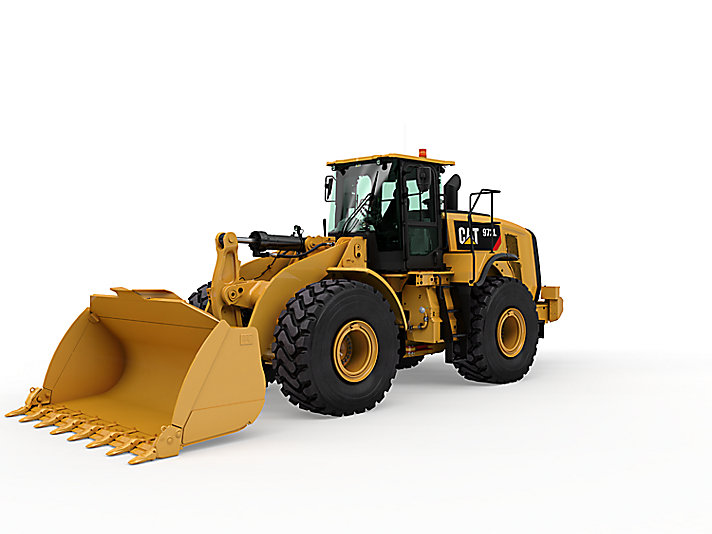Garage doors are a convenient feature of modern homes, providing easy access to vehicles and storage areas. However, have you ever wondered how these mechanical marvels actually work? Understanding the mechanics behind garage doors can help you troubleshoot issues, perform basic maintenance, and appreciate the technology that makes your life easier. In this article, we’ll delve into the various components of a garage door system, explaining how they work together to open and close your garage door seamlessly.
1. The Basic Components of a Garage Door System
Before exploring how a garage door works, it’s essential to know its key components. A standard garage door system typically consists of the following parts:
- Garage Door Panels: The visible surface of the door, which can be made from various materials such as steel, wood, or fiberglass.
- Track: Metal channels that guide the door’s movement.
- Rollers: Wheels attached to the sides of the door that move along the track.
- Spring System: Springs (either torsion or extension) that provide the necessary counterbalance for the door’s weight.
- Cables: Steel cables that connect the door to the springs and assist in lifting the door.
- Garage Door Opener: The motorized device that controls the opening and closing of the door.
- Safety Sensors: Sensors that detect obstructions in the door’s path to prevent accidents.
2. The Mechanism of Operation
Opening the Garage Door
The operation of a garage door involves a series of coordinated movements among its components. Here’s a step-by-step breakdown of how a garage door opens:
- Activating the Opener: The process begins when you press the button on your remote control or the wall-mounted switch. This sends a signal to the garage door opener’s motor.
- Motor Engagement: The garage door opener’s motor activates, driving a mechanism (chain, belt, or screw) that is connected to the door.
- Movement Initiation: As the motor engages, it pulls on the lifting mechanism, which is attached to the door. If using a chain or belt drive, it will pull the chain or belt to lift the door.
- Spring Assistance: The spring system (torsion or extension) plays a critical role here. Torsion springs are mounted above the door and twist as the door opens, while extension springs are located on the sides and stretch. Both types of springs provide counterbalance, making it easier for the motor to lift the heavy door.
- Roller Movement: As the door begins to rise, the rollers roll along the track, guiding the door upward in a smooth motion.
- Fully Opened Position: When the door reaches the fully open position, it is typically parallel to the ceiling of the garage. At this point, the motor may stop, and the door remains in place due to the tension in the springs.
Closing the Garage Door
Closing the garage door involves a similar process, but in reverse. Here’s how it works:
- Initiating the Close: When you press the button to close the door, the garage door opener’s motor engages again.
- Motor Operation: The motor pulls the lifting mechanism, which lowers the door back down the track.
- Gravity and Spring Assistance: As the door descends, gravity assists in pulling it down. The spring system helps control the speed of the door, preventing it from crashing down too quickly.
- Safety Features: As the door approaches the ground, safety sensors located near the bottom of the tracks come into play. If they detect an obstruction (like a vehicle or a person), the door will automatically reverse direction to avoid an accident.
- Securing the Door: Once the door is fully closed, the motor disengages, and any remaining tension in the springs keeps the door securely in place.
3. Safety and Maintenance Considerations
Understanding how your garage door works not only enhances your appreciation for this essential home feature but also emphasizes the importance of safety and maintenance. Here are some tips to ensure your garage door operates smoothly and safely:
- Regular Inspections: Periodically inspect the components of your garage door system for signs of wear and tear, including the tracks, rollers, cables, and springs.
- Lubrication: Keep the moving parts lubricated to ensure smooth operation. Use a silicone-based lubricant on the tracks and rollers.
- Testing Safety Features: Regularly test the safety sensors to ensure they are functioning correctly. Place an object in the door’s path to check if it reverses appropriately.
- Professional Maintenance: Consider scheduling professional maintenance at least once a year to inspect the entire system and address any potential issues.
Conclusion
Garage doors are more than just a simple entrance; they are complex mechanical systems that rely on the coordinated functioning of various components. Understanding how a garage door works can help you troubleshoot problems, perform maintenance, and appreciate the technology behind this essential feature of your home. With proper care and attention, your garage door will continue to provide convenience and security for years to come.




